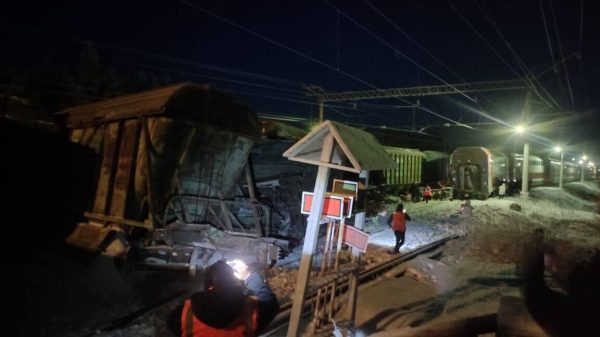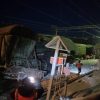The space object was recorded in 1181, and then dimmed
In 1181, a new star appeared in the sky in the constellation Cassiopeia, which astronomers now call a supernova. For 180 days it was bright enough to be seen before disappearing for centuries. When the star was rediscovered in 2021, scientists were able to understand what happened, and now, thanks to new research, new stellar wind flows have been discovered.
 < span class="article__picture-author" itemprop="author">Photo: nasa.gov
< span class="article__picture-author" itemprop="author">Photo: nasa.gov
A supernova is a star in which two white dwarf stars collide with each other. A white dwarf is the exposed core of a star like the Sun that has reached the end of its life. The collision should have destroyed them, turning everything into energy, but instead the result is the formation of a new unusual white dwarf, which rotates very quickly on its axis.
The team made several observations of the Pa 30 region, the name of the supernova remnant, before being renamed SNR 1181. They discovered two impact regions around the object: an older one formed after the supernova explosion, and a more recent one.
White dwarfs that form in supernova explosions are expected to emit stellar wind, but the team was unable to determine the source of the later tremors. Computer simulations of the object show that the stellar wind has become stronger again over the past 20 or 30 years. This may be due to the fact that matter falling onto the white dwarf raises its temperature and density above the threshold required for combustion to resume.
“If the wind had started blowing immediately after the formation of SNR 1181, we would not have been able to reproduce the observed size of the inner impact region. However, by treating the start time of the wind as a variable, we were able to accurately explain all of the observed features of SNR 1181 and unravel the mysterious properties of this high-speed wind. We were also able to simultaneously track the time evolution of each impact region using numerical calculations,” explains astronomer Takatoshi Ko.
The supernova was first reported in a report on the Genpei War in Japan (1180–85) entitled Azuma Kagami.» The conflict led to the establishment of the shogunate, and this document recounted not only important events, but also everyday occurrences, including the appearance of a new star in the constellation Cassiopeia.
“There are many references in the historical sources of Japan, China and Korea about this temporarily extinguished star. At its peak, the star was comparable to Saturn. It remained visible to the naked eye for about 180 days until it gradually disappeared from view. The remnants of the explosion of SN 1181 are now very old, so they are difficult to find,” Ko concludes.
The team will now make additional observations of SNR 1181 using different types of telescopes to better understand its behavior and ideally confirm what What the modeling suggests is that this dead star is experiencing a renaissance.





































































Свежие комментарии